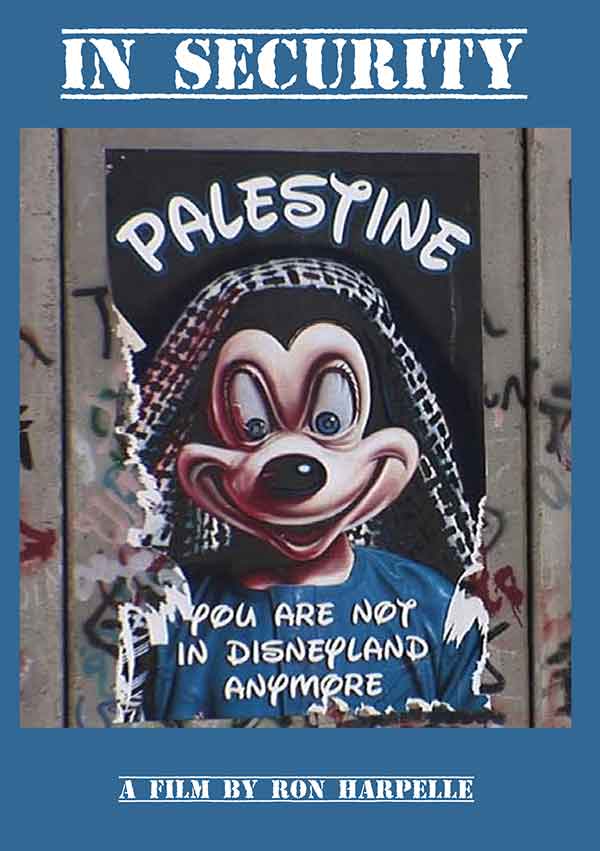In Security is an engaging and thought provoking one-hour documentary film about how barbed wire, a simple 19th century invention used to secure agricultural property, has evolved into a silent sentinel that acts as a means of control over people and spaces around the world. Since its inception, barbed wire, a.k.a. the “Devil’s Rope,” has become a ubiquitous feature of our daily lives yet we never give it a second thought. Used as a security barrier, it surrounds pastures in the countryside, parking lots, homes and other buildings in the city. Its general purpose is to warn people not to cross a line and to emphasize that trespassing in a specific area is forbidden. On another level, barbed wire is used as a frontline obstacle by the military forces of the world, as a boundary marker between countries, and as an impenetrable wall around prisons and other institutions where absolute control over the movement of human beings is required. Barbed wire is used everywhere for security purposes, but it also speaks loudly about the insecurity of our times.
Produced and directed by Ron Harpelle and Kelly Saxberg, In Security is a historical journey from Texas and the Great Plains, to the 20th century battlefields of Europe, and on to South Africa, the Middle East, the U.S border with Mexico and finally to the Louisiana State Penitentiary. The film reveals how barbed wire introduced concepts of boundaries and private property where none existed before, and how strands of wire have been used ever since to restrict the free movement of people everywhere. The premise of “In Security” is that barbed wire, although silent, speaks clearly of the turmoil of our past and present.
The guide for this journey is Mark Solomon, a Canadian activist who has worked with Amnesty International on indigenous people’s rights. Mark puts the story of barbed wire in context by discussing how First Nations were the first to be dispossessed by sharp pieces of metal strung on a line, and how the aboriginal experience is reflected in the subsequent history of the use of the “Devil’s Rope.” In a series of five chapters, we meet Barbed wire expert Delbert Trew at a barbed wire museum in Texas; military historian Andrew Iarocci in the Canadian war museum’s Vimy Ridge display; visit a barbed wire factory in South Africa; review Canada’s Oka crisis and the response of the Canadian military; an Israeli kibbutz near the Golan Heights, and the border with Syria where divided families use megaphones to talk over a barbed wire fence; In Bethlehem, we look at Barbed wire and the Walls surrounding the Palestinian territories; in Brownsville, Texas we meet several people impacted by the US border wall with Mexico. Finally we visit the former slave plantation turned Prison at Angola in Louisiana where we meet inmate Edrick Jenkins in the prison museum – we finish with a tour of the 18,000 acre prison complex provided by Gary Young, communications officer, who like most of the guards lives in in the ultimate gated community – the prison itself; “the prison farm” has a public golf course, rodeo complex, prison industry complex, Prison Camps A through J and of course death row. Edrick Jenkins provides the last word on what it means to be locked up behind the razor wire: “Well, you can see through it but you don’t see freedom when you look through it. When you look through that razor wire … you actually see a wall … that razor wire is a wall, that says no, you cannot come this way, the razor wire is there to stay, if you do try me, I’ll hurt you. I’m bigger than you, I’m badder than you, and if you try me you’ll lose…”

